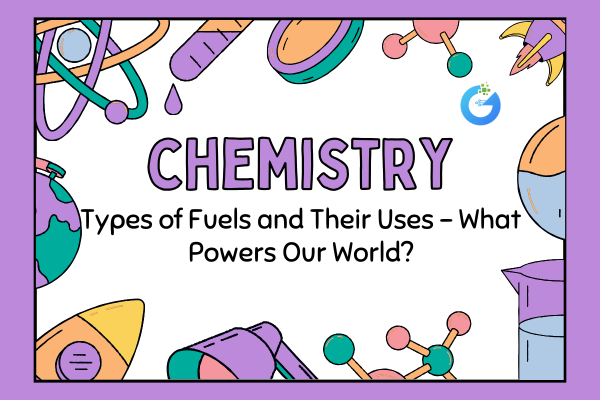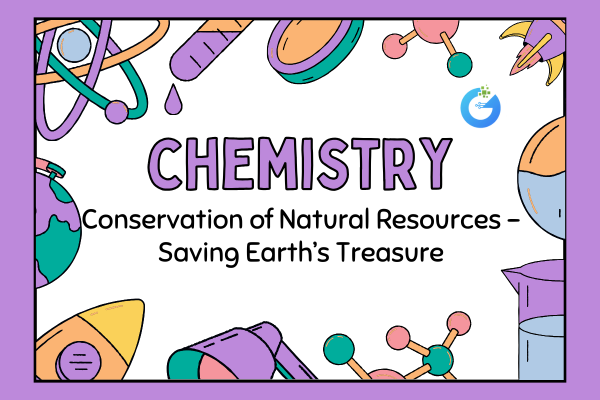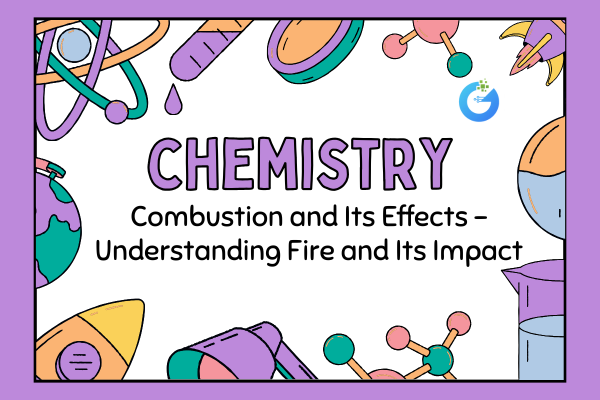Introduction – What Are Fuels?
Fuels are substances that store energy, which is released during combustion to produce heat or power. From the gas that runs cars to the firewood that warms homes, fuels are essential in our daily lives. They help in cooking food, lighting homes, running industries, and even launching rockets into space! But not all fuels are the same—there are different types, each with their own characteristics and uses.
expert-led Chemistry classes – visit our website to learn more
Types of Fuels – What Are the Options?
Fuels can be classified in various ways based on their origin, state (solid, liquid, gas), and usage. Here’s a breakdown of the main types:
1. Solid Fuels
These are fuels in solid form and are usually the oldest type used by humans.
Examples: Wood, coal, charcoal, cow dung cakes, peat.
Uses: Commonly used in traditional cooking, heating homes, and in industries (especially coal in power plants).
2. Liquid Fuels
These are fuels that are liquid at room temperature and are widely used because they are easy to transport and burn efficiently.
Examples: Petrol, diesel, kerosene, ethanol.
Uses: Petrol and diesel are used in vehicles, kerosene for lamps and stoves, and ethanol as a cleaner alternative fuel.
3. Gaseous Fuels
These fuels are in gas form and burn very cleanly, making them ideal for domestic and industrial use.
Examples: Natural gas, LPG (liquefied petroleum gas), biogas, hydrogen.
Uses: LPG is used in homes for cooking, CNG (compressed natural gas) is used in vehicles, and biogas is used in rural areas for cooking and lighting.
Renewable vs Non-Renewable Fuels
Fuels can also be categorized based on how easily we can replace them.
Renewable Fuels
These come from sources that can be replenished quickly.
Examples: Biogas, wood (if managed sustainably), ethanol (from crops), and hydrogen (from water).
Uses: Rural cooking, small-scale power generation, eco-friendly vehicles.
Non-Renewable Fuels
These take millions of years to form and are limited in supply.
Examples: Coal, petrol, diesel, natural gas.
Uses: Power plants, transport, heavy industries.
Characteristics of an Ideal Fuel
What makes a fuel “good” or ideal? Here are the key qualities:
- High Energy Output: It should release a large amount of energy.
- Easy to Store and Transport: It should be safe and convenient.
- Low Pollution: It should produce minimal harmful gases.
- Affordable and Easily Available: It should not be too costly or rare.
- Safe to Use: It should not be explosive or cause health issues easily.
Common Uses of Different Fuels
| Type of Fuel | Common Uses |
| Wood & Coal | Cooking, heating, electricity generation |
| Petrol & Diesel | Cars, buses, trucks, generators |
| LPG & Natural Gas | Home cooking, heating, industries |
| Biogas | Cooking in rural areas, lighting |
| Ethanol & Hydrogen | Fuel for eco-friendly vehicles |
FAQs – Curious Questions About Fuels
Q1: Why do we use different types of fuels for different tasks?
Different fuels have different energy outputs and properties. For example, petrol is ideal for cars because it ignites quickly, while coal is better for power plants because it burns slowly and steadily.
Q2: Why is it important to use renewable fuels?
Renewable fuels are cleaner and don’t run out easily. They help protect the environment and reduce dependence on fossil fuels, which are polluting and limited.
Q3: Can we use one fuel for everything?
Not really. Every fuel has its best use. For instance, LPG is great for cooking but not suitable for airplanes. That’s why different needs require different types of fuels.
Fun Facts About Fuels
- The fuel inside a rocket can burn at over 3,000°C, enough to melt metal!
- Ethanol can be made from sugarcane and is used as a cleaner fuel in cars.
- One litre of petrol can release over 2.3 kg of carbon dioxide when burned.
- LPG is stored in liquid form in cylinders, but it turns into gas when released!
Conclusion – Fuels: Powering the Present, Shaping the Future
Fuels play a big role in our world, helping us cook, travel, work, and live comfortably. While non-renewable fuels have supported development, it’s time to shift towards cleaner, renewable options to protect our planet. Learning about different fuels helps us make better energy choices that balance power and sustainability.








